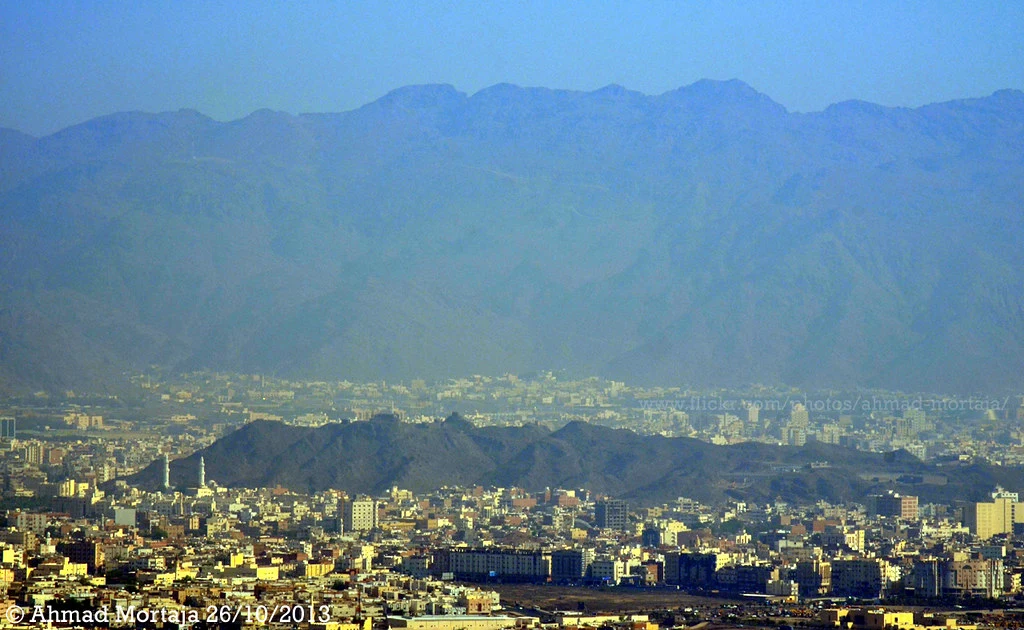Jabal Shufr: A Landmark of Faith and History in Medina
Table of Contents
Jabal Shufr: A Landmark of Faith and History in Medina
Jabal Shufr is not just a mountain in the holy city of Medina; it is a silent witness to pivotal events from the life of Prophet Muhammad (PBUH). Located in the modern-day Al-Faisaliyah district, near the College of Community, this mountain, also known as Jama’ Umm Khaled or Al-Akhidhar, offers a tangible connection to the Seerah for visitors and history enthusiasts alike.
The Geographical Significance of Jabal Shufr
Situated in the area known as Hayy Al-Jamawat, Jabal Shufr provides a scenic backdrop to the city. It overlooks the bustling Salam Road, which leads to the Prophet’s Mosque and other key districts. For those exploring the historical sites of Medina, this location is a crucial point of interest, linking the past with the present. For more on the geography of Medina, you can explore resources from the Saudi Commission for Tourism and National Heritage.
Jabal Shufr and the Battle of Safwan
One of the most significant events associated with Jabal Shufr is the Battle of Safwan, also known as the First Battle of Badr. This incident began when a man named Karz bin Jabir Al-Fihri raided the grazing livestock of the Muslims, which were kept in the pastures around this very mountain.
- The Pursuit: Upon learning of the raid, Prophet Muhammad (PBUH) mobilized a group of companions and pursued the raiders. He appointed Ali bin Abi Talib (RA) to carry the flag and left Zaid bin Harithah (RA) in charge of Medina.
- The Outcome: The Muslim army chased Karz bin Jabir to the valley of Wadi Safwan near Badr. Although Karz initially escaped, this event set the stage for a remarkable turn of events, as he later accepted Islam and became a companion of the Prophet (PBUH).
The Incident of the ‘Uraynah Tribe
A few years later, in the 6th year of Hijri, another critical event unfolded near Jabal Shufr. A delegation from the tribes of ‘Ukl and ‘Uraynah, who had come to Medina claiming illness, betrayed the trust of the Muslims.
- The Betrayal: After recovering, they raided the Zakat camels in the nearby area of Dhi Al-Jadr. They brutally killed the shepherd, Yassar (a freed slave of the Prophet), and mutilated his body.
- Divine Justice: Prophet Muhammad (PBUH) sent a expedition to apprehend them. In a profound twist of fate, the commander of this mission was the very same Karz bin Jabir Al-Fihri, who was now a Muslim. The raiders were captured, and the Quranic verses regarding the punishment for those who wage war against Allah and His Messenger were revealed in relation to this incident (Quran 5:33-34). You can read the tafsir of this verse on .
Visiting Jabal Shufr Today
For pilgrims and tourists looking to deepen their understanding of Islamic history, a visit to the area of Jabal Shufr is highly rewarding. While the mountain itself may not be a traditional tourist spot, knowing its history enriches one’s visit to Medina. It is recommended to combine this with a visit to other key landmarks in the city, such as the Prophet’s Mosque, to get a comprehensive spiritual experience.
Jabal Shufr stands as a powerful reminder of Medina’s rich Islamic heritage. From being the starting point of a military pursuit to the backdrop of a story about divine justice and redemption, this mountain encapsulates profound lessons from the Seerah. Its story highlights how the landscape of Medina is intrinsically woven into the narrative of early Islam, making it an essential, if less known, landmark for every Muslim.
Read on our Website Full guide of the History And architecture of Masjid nabawi

